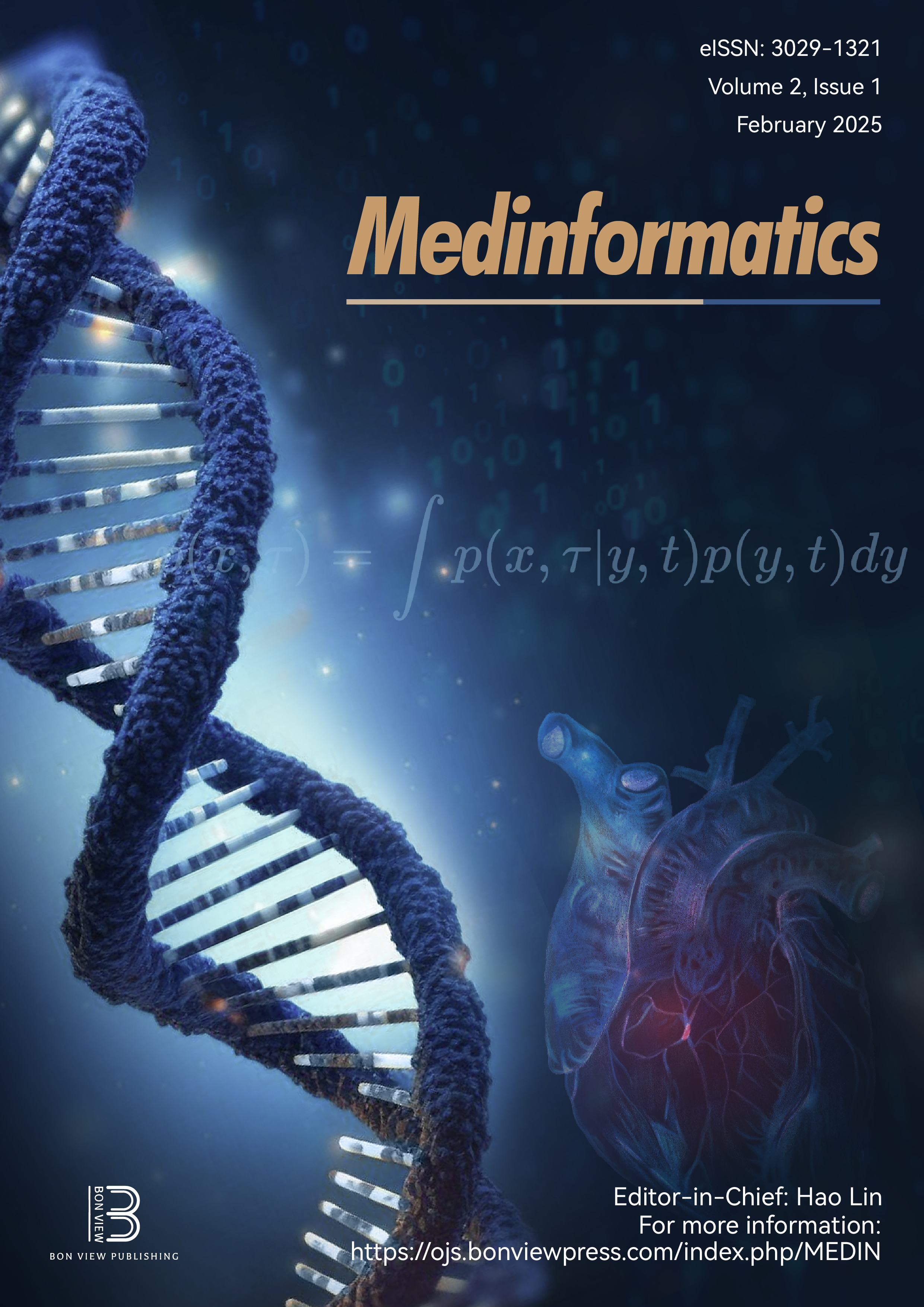Multitarget-Directed Multiple Ligands in Anti-VEGF Resistant Glioblastoma Therapeutics: An in Silico Approach to Identify Potential Phytochemicals
DOI:
https://doi.org/10.47852/bonviewMEDIN52023816Keywords:
glioblastoma, transcriptome data analysis, angiogenesis, anti-VEGF therapy, drug resistance, molecular docking, Medhya RasayanaAbstract
Angiogenesis is an important process in tumor progression. Vascular endothelial growth factor (VEGF) is the key factor regulating angiogenesis, and hence, anti-VEGF therapy is considered a useful therapeutic approach in tumor conditions. However, the drug resistance and lack of efficacy of existing drugs limit the potential of such a therapeutic approach in certain cases, and the tumor growth will continue through alternative mechanisms. Glioblastoma (GBM) is one such type of tumor that shows resistance to anti-VEGF therapy. Previously, we identified the hub genes differentially expressed in anti-VEGF resistance in GBM. Medhya Rasayana, an Ayurvedic formulation, is used for the management of neurological disorders. In the present study, we used computational docking methods to identify the phytochemicals present in the medicinal plants of Medhya Rasayana, which can target the proteins expressed by the hub genes associated with anti-VEGF resistance. Network pharmacological analysis was also performed to identify the highly effective phytochemicals for a possible adjuvant therapy. Results showed that multiple phytochemicals of Glycirrhiza glabra Linn, Evolvulus alsinoides, and Celastrus paniculatus target the anti-VGEF resistant proteins in GBM. This indicates the multi-targeting property of phytocompounds of Medhya Rasayana plants, which may be considered for adjuvant therapy along with anti-VEGF therapy.
Received: 10 July 2024 | Revised: 11 October 2024 | Accepted: 6 January 2025
Conflicts of Interest
The authors declare that they have no conflicts of interest to this work.
Data Availability Statement
The data that support this work are available upon reasonable request to the corresponding author.
Author Contribution Statement
Kesavan R. Arya: Methodology, Formal analysis, Investigation, Writing - original draft, Writing - review & editing, Visualization, Funding acquisition. Sasikumar J. Soumya: Methodology, Formal analysis, Investigation, Writing - original draft, Writing - review & editing,Visualization, Funding acquisition. Anuroopa G. Nadh: Formal analysis, Investigation, Funding acquisition. Thankamani R. Aswathy: Formal analysis, Investigation. Vijayalakshmi B.: Investigation. Achuthsankar S. Nair: Resources, Project administration. Oommen V. Oommen: Validation, Resources, Writing - review & editing, Project administration. Perumana R. Sudhakaran: Conceptualization, Methodology, Validation, Investigation, Resources, Writing - review & editing, Project administration, Funding acquisition.
Downloads
Published
Issue
Section
License
Copyright (c) 2025 Authors

This work is licensed under a Creative Commons Attribution 4.0 International License.


